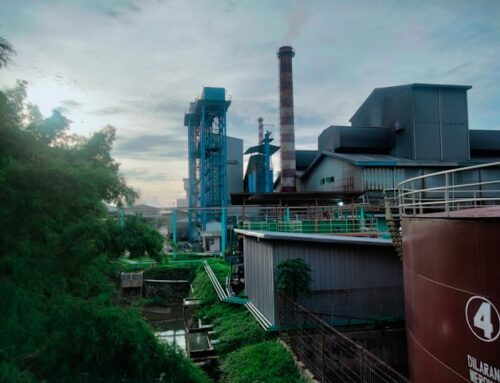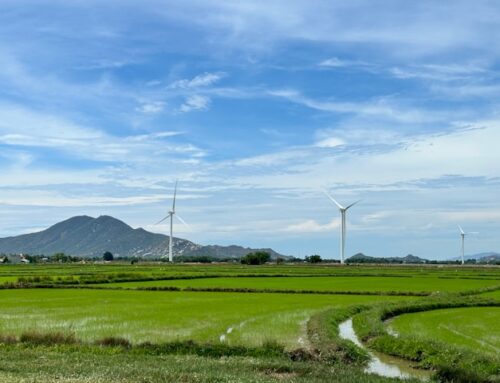In this seminar, Indonesia’s pursuit of an 8% annual GDP growth rate — an important milestone for its transition to high-income status by 2045 — is critically evaluated by contextualizing historical high-growth episodes alongside comparative experiences from select Asian economies. Historical surges, often driven by commodity booms and decisive policy reforms, are examined in relation to growth trajectories in China, South Korea, Singapore, Thailand, Malaysia, and India, underscoring the importance of structural transformation, technological adoption, and robust institutional frameworks. A combination of univariate and multivariate time-series filtering is employed to estimate potential GDP growth, with comparisons drawn between actual growth rates and estimated potential to assess output gaps. Furthermore, GDP growth is decomposed using both the production function and expenditure approaches, explaining the contributions of capital, labor, total factor productivity (TFP), consumption, investment, and government spending.
Findings indicate that, despite occasional periods where actual growth exceeds potential estimates, current trends fall significantly short of the 8% target. Achieving such an ambitious rate would require substantial fiscal expansion, enhanced investment efficiency as evidenced by improvements in the Incremental Capital-Output Ratio, and sweeping structural reforms. Overall, a measured approach emphasizing sustained productivity improvements, enhanced governance, and economic diversification appears to offer a more viable pathway toward long-term, inclusive growth than immediately pursuing an 8% growth target.
Rabu, 28 May 2025 at 13.00-14.30 WIB (online in English)
Register: bit.ly/fkp2805
Thumbnail photo by Mufid Majnun on Unsplash
Slides and video for past seminars:





Leave A Comment